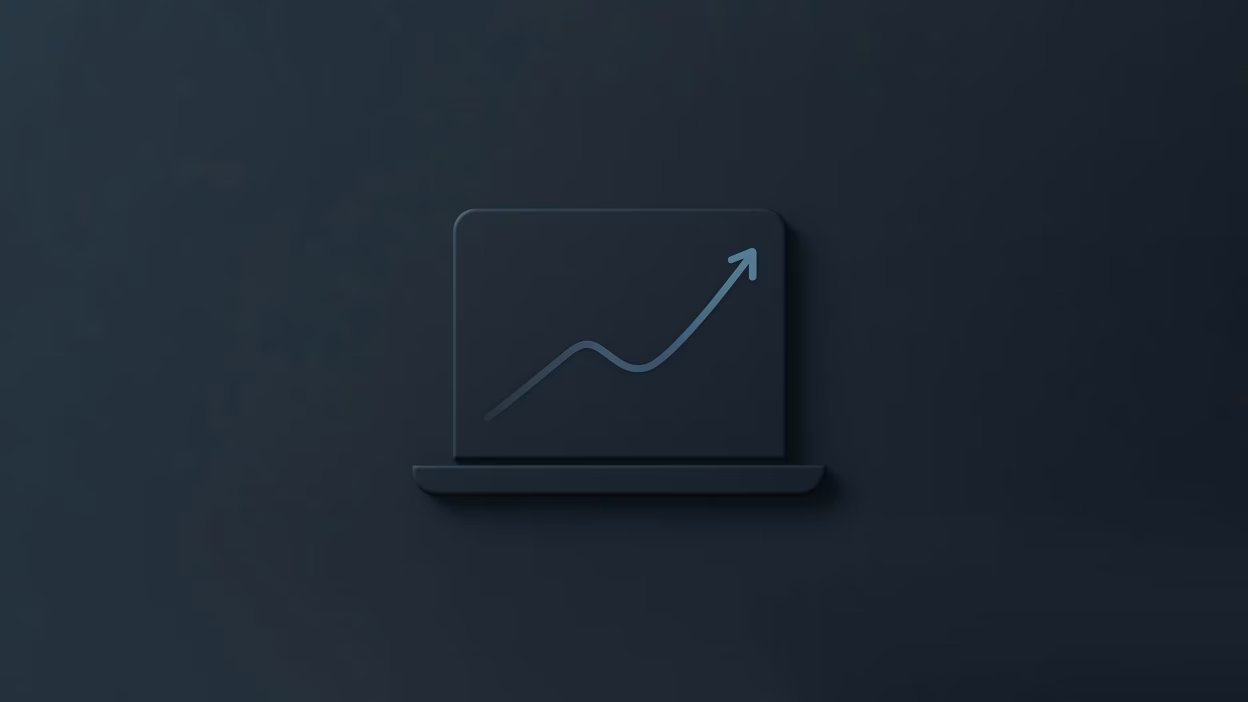So you want to become a freelance data scientist.
Not “a data scientist at BigCorp.” Not grinding it out for years waiting for promotion after promotion. You want freedom. Flexibility. Maybe a little chaos. A laptop and some coffee shop Wi-Fi, and you’re in business.
But right now, it all feels a bit vague. How do you go from “I know some Python” to “I have paying clients who trust me with real data problems”?
Let’s talk about that.
This isn’t going to be a sugar-coated “just build a portfolio and watch the jobs roll in” guide. I’ve seen too many smart, capable people struggle to get freelance traction—not because they weren’t skilled, but because they didn’t know how to position themselves, find clients, or manage their work like a business.
If you’re serious about going freelance as a data scientist—whether full-time or just on the side—here’s how you actually make it work.
Start With Skills That Sell, Not Just Skills That Impress
A tough pill: nobody’s going to pay you to train deep learning models from day one.
Sure, those skills are cool. They’re fun to learn. But clients—the kind that hire freelancers—don’t usually need bleeding-edge AI. They need business problems solved, fast.
So what should you focus on?
- Data cleaning and wrangling (yes, the boring stuff)
- Exploratory analysis and insights
- Predictive modeling (simple models with clear value)
- Dashboard building (Tableau, Power BI, or Streamlit)
- Automation with Python (think: “replace this Excel workflow”)
Here’s the kicker: if you’re coming from a data analyst background, you’re already 70% there. Freelancing success isn’t about having all the tech in your toolbox. It’s about offering the right tool for someone else’s job.
So start there. Ask: “What problem could I solve with data that would actually save someone time or money?” That’s your entry point.
Pick a Niche. Seriously.
“Freelance data scientist” sounds nice, but here’s the truth—no one hires a generalist unless they already trust you. Clients don’t search for “data person.” They look for people who solve their specific problem.
That’s why niching works. It shortens the trust gap.
You could focus on:
- E-commerce (product recommendations, customer segmentation)
- SaaS (churn prediction, usage analysis)
- Marketing analytics (attribution models, ad ROI)
- Finance (risk scoring, forecasting)
- Healthcare (claims data, clinical trial analysis)
- Small businesses (automating reporting, streamlining operations)
You don’t have to pick a niche for life. But pick one for now. It helps shape your messaging, your portfolio, and your outreach. And honestly? It makes finding clients way easier.
Build a Portfolio That Solves Problems
Forget the Titanic dataset. Ditch the Iris flower classification.
These projects won’t land you freelance work—not because they’re bad, but because they’re generic. Your portfolio should scream, “I can help people like YOU.”
So what should you include?
- A customer churn model using dummy data from a SaaS platform
- A Google Ads dashboard that tracks ROI over time
- A sales forecasting model for a small retail shop
- A workflow automation script that cleans and merges messy spreadsheets
The formula is simple:
Problem → Data → Analysis/Model → Clear Outcome → Visuals → What It Means
Bonus: write it up. Medium, your blog, LinkedIn—doesn’t matter. Just show your thinking. People don’t hire code. They hire clarity.
Learn the Freelance Business Basics (Yes, the Boring Part)
This is where people crash. You might have the skills. You might even have demand. But if you treat freelancing like a hobby, it will pay like one.
Here’s the minimum business backend you need:
- A simple contract (so you get paid on time)
- Invoicing software (Stripe, PayPal, or even Notion + Google Sheets)
- A clear pricing model (hourly or fixed—just pick one and be ready to explain it)
- A scheduling tool for meetings (Calendly is gold)
You’re not just selling data science. You’re selling reliability. Responsiveness. Peace of mind.
One time, I landed a client just because I had a clean proposal template and responded within 24 hours. It wasn’t my code that closed the deal—it was the trust I projected through basic professionalism.
Find Clients Without Selling Your Soul
Everyone wants to know: Where do you find clients?
Here’s the truth: it’s a hustle at first. You won’t put up a website and suddenly have leads flooding your inbox. You have to go get them.
Try these channels:
- Upwork: Still underrated if you’re specific in your niche and proposals. Skip the race-to-the-bottom jobs.
- Toptal / Braintrust / Contra: More curated platforms, often better-paying.
- LinkedIn: Goldmine if you know your audience. Post consistently, show value, and DM with care.
- Twitter / X: Surprisingly useful for finding founders or startups who need data help.
- Cold outreach: Find 10 startups you’d love to help. Send a thoughtful note with one insight from their site/data. It works more than you’d think.
What not to do:
- Don’t mass apply with the same copy-pasted intro.
- Don’t wait for clients to find you.
- Don’t hide behind your portfolio—start conversations.
Finding your first few clients is the hardest part. Once you have some wins, referrals and inbound leads start to flow.
Learn to Scope Projects Like a Pro
You don’t need to be an expert to do good work—but you do need to avoid disaster.
Here’s how new freelancers get burned:
- They underprice because they feel imposter-y
- They agree to vague timelines and fuzzy goals
- They take on poorly defined projects without asking enough questions
So what do you do instead?
- Always have a kickoff call to define success
- Break the project into clear deliverables (e.g., “Weekly report + final model + handoff call”)
- Charge based on value, not just hours
- Set boundaries (e.g., one revision round, feedback within X days)
Scoping well isn’t just for your sanity—it helps your client feel confident that you’ve done this before, even if it’s your first real gig.
Keep Growing, But Stay Focused
Here’s the secret sauce of sustainable freelance data science: you don’t have to learn everything. You just have to keep getting a little better, every month.
Once you’ve got a few projects under your belt:
- Start exploring more advanced ML techniques
- Learn deployment (so you can serve models via Flask or Streamlit)
- Understand business KPIs in your niche
- Maybe dabble in SQL optimization or cloud tools (BigQuery, Snowflake, etc.)
But don’t try to do it all at once. The best freelancers grow with their clients. Each project should stretch you just enough to level up.
I once took on a project that required sentiment analysis. I had no NLP experience. I told the client, transparently, and scoped it tight. I learned fast, delivered, and now sentiment projects are in my wheelhouse.
You don’t have to be the best. You just have to be better than yesterday—and a little more helpful than the person who ghosted your client last month.
What You Can Charge (Yes, Let’s Talk Numbers)
Early on, you’ll probably charge less than you’d like. That’s normal. But don’t stay there forever.
Here’s a rough (and honest) guide:
- Entry-level: $25–50/hr
- Mid-level: $50–100/hr
- Experienced niche expert: $100–200/hr+
- Project-based: $1K–10K depending on scope and impact
Eventually, you’ll find your rhythm. Maybe you move to fixed-price packages. Maybe you only do high-impact strategy. The goal is to move up, not just work more.
And please—don’t charge $10/hour because you’re “still learning.” If you’re solving real business problems, price accordingly. You can be humble and assertive.
Final Thoughts: Freelancing Isn’t Just a Career Path—It’s a Lifestyle Shift
Being a freelance data scientist isn’t just about being your own boss. It’s about owning your learning. Owning your work. Owning your time.
It’s hard at first. Lonely, sometimes. But it’s also one of the most flexible, creatively energizing paths in data right now.
You’ll grow faster than you thought possible. You’ll build confidence in ways you never expected. And if you’re willing to combine technical skills with a little business savvy?
There’s more opportunity than ever before.
TL;DR:
- Learn the skills that solve real business problems, not just academic ones.
- Pick a niche so clients know who you help.
- Build a portfolio that shows your thinking, not just your code.
- Treat it like a business: contracts, pricing, professionalism.
- Get clients by being useful, specific, and visible.
- Keep leveling up, one project at a time.
You don’t need permission to start. You just need the courage to take on one project—and then another.





